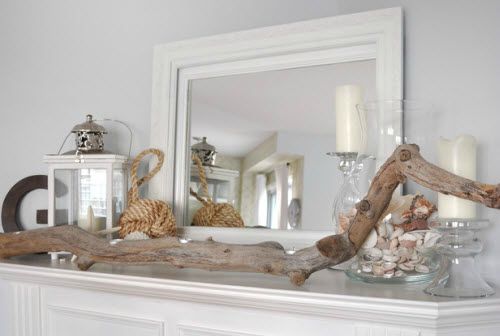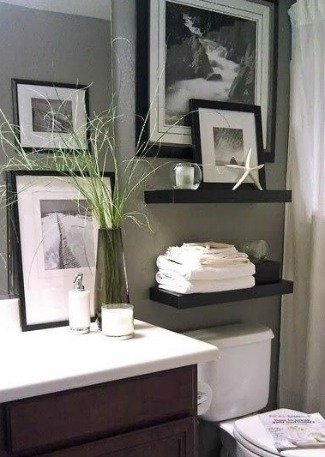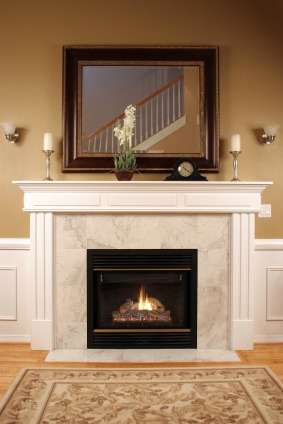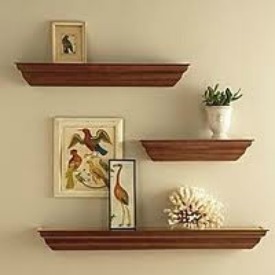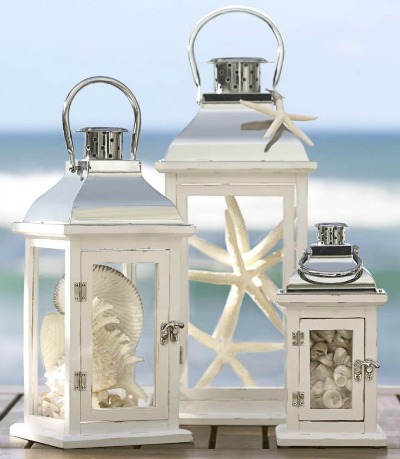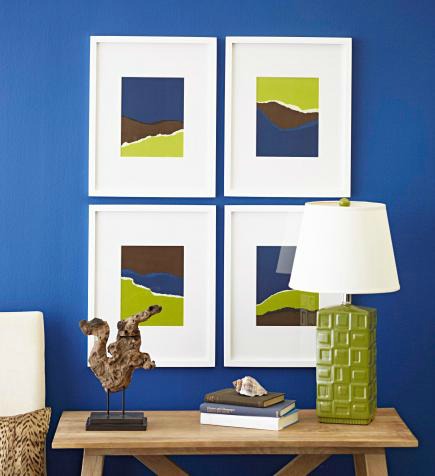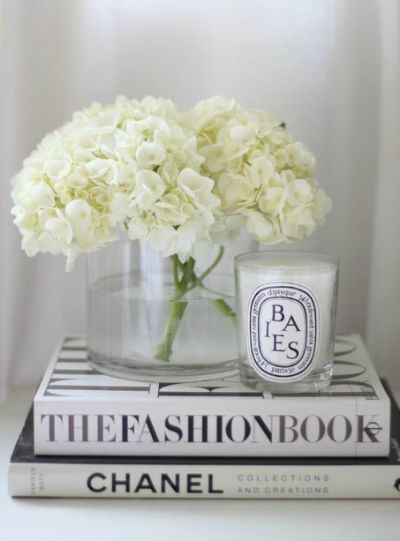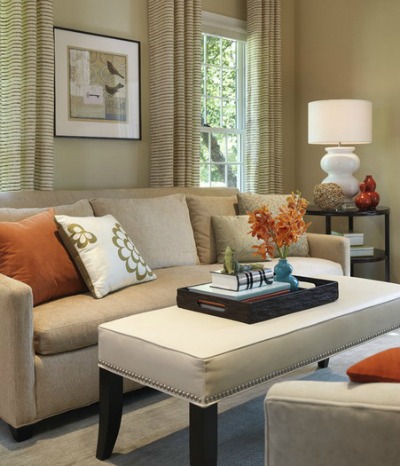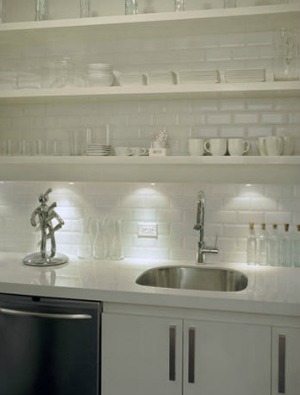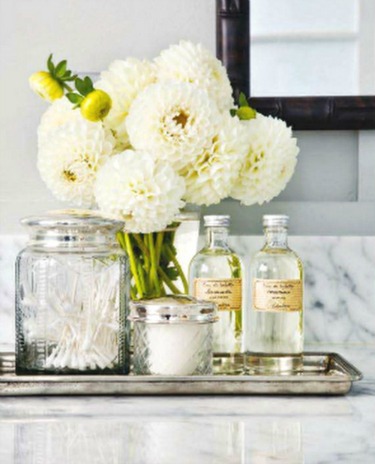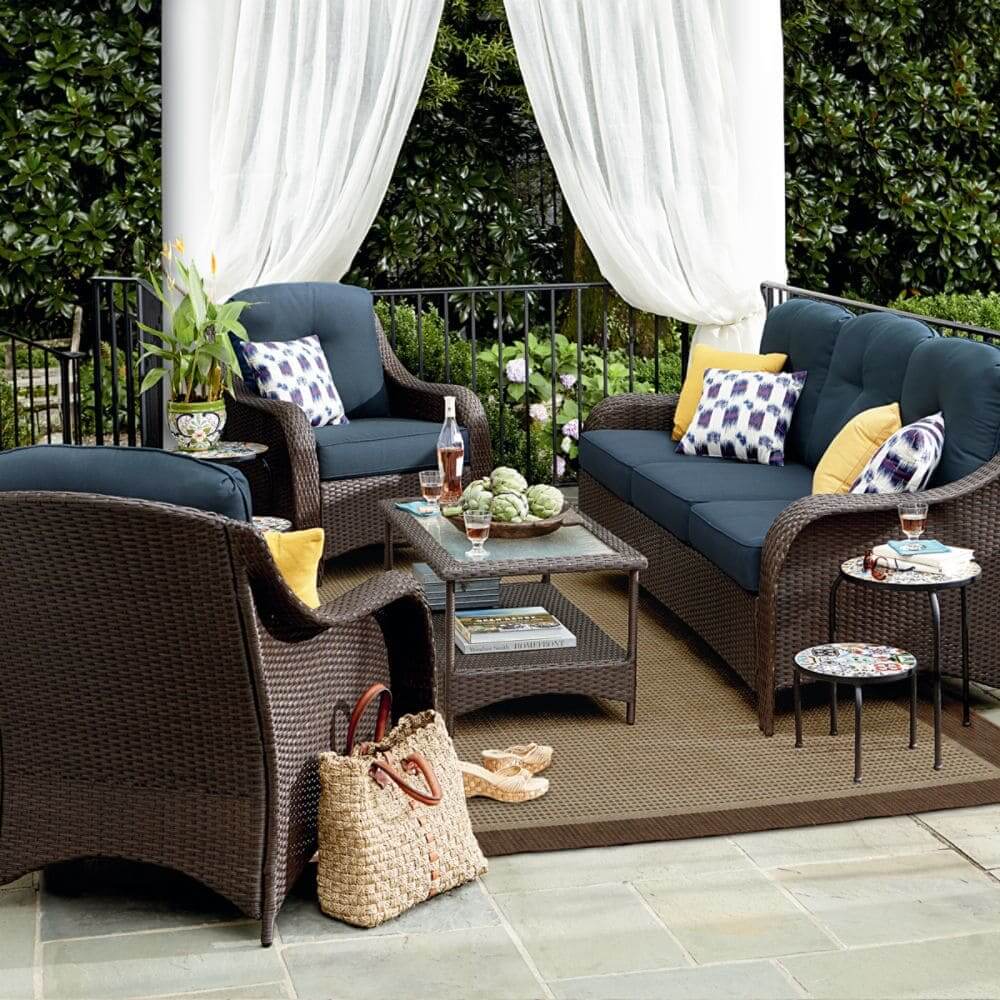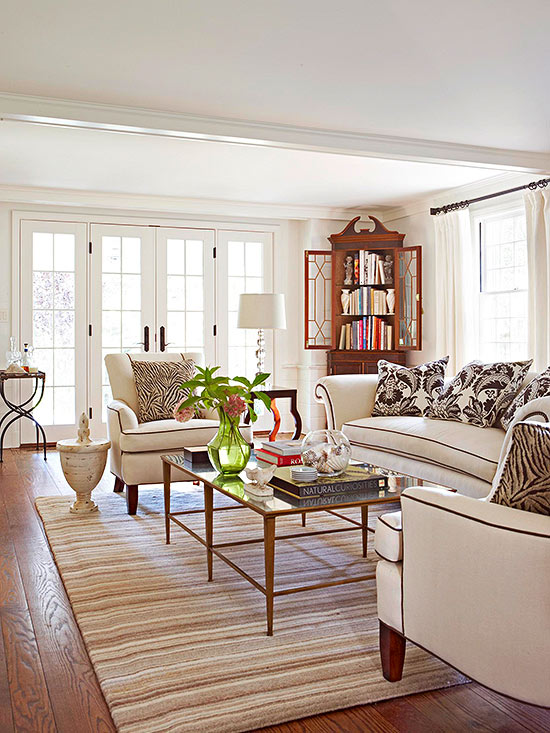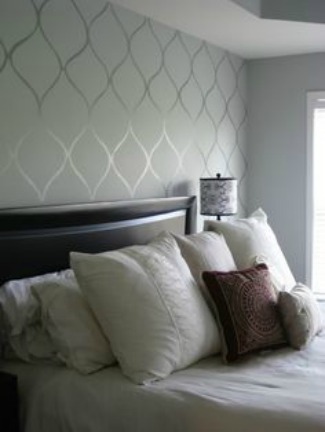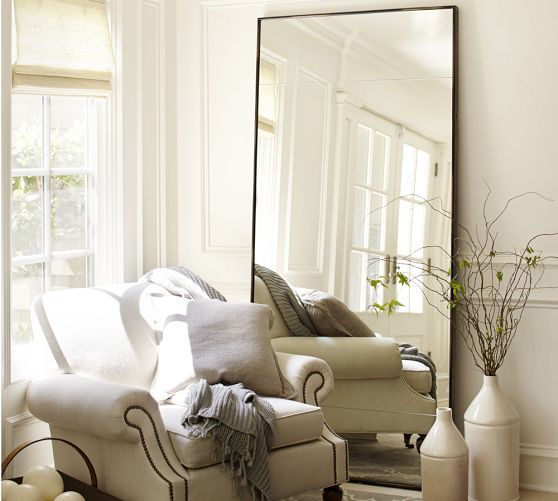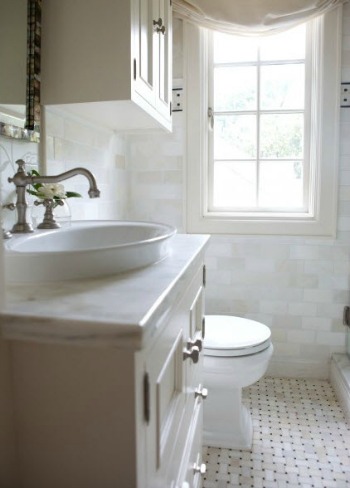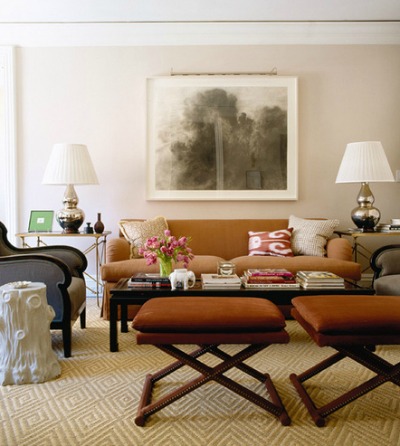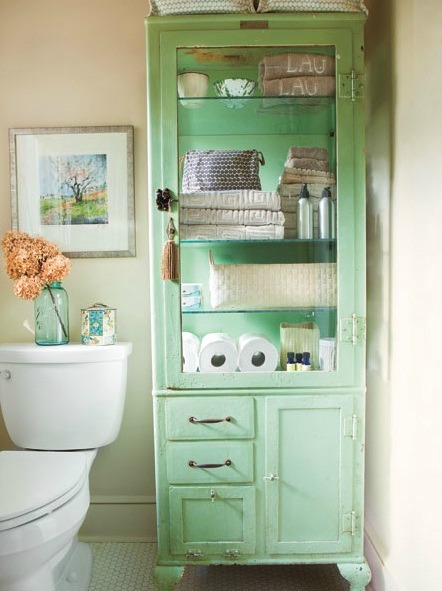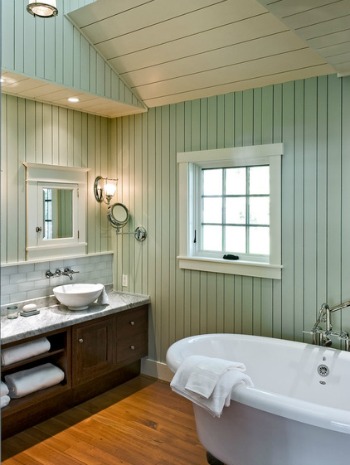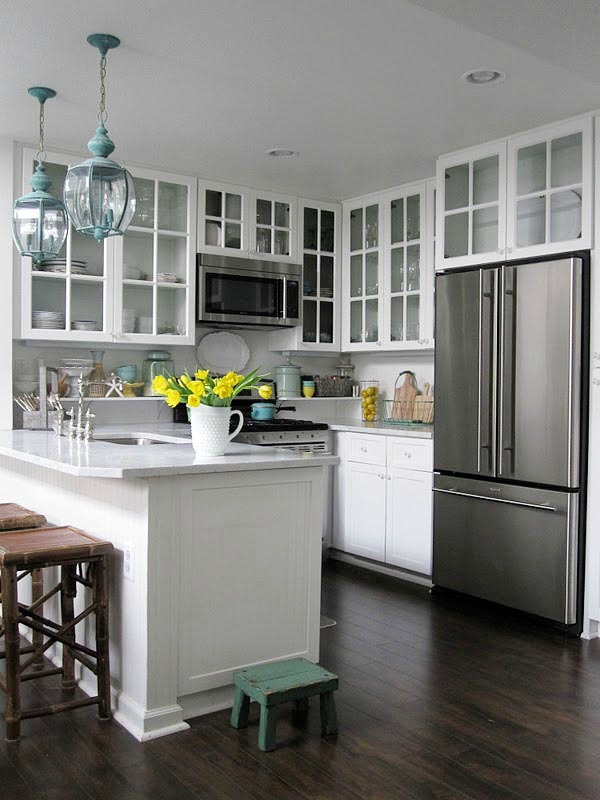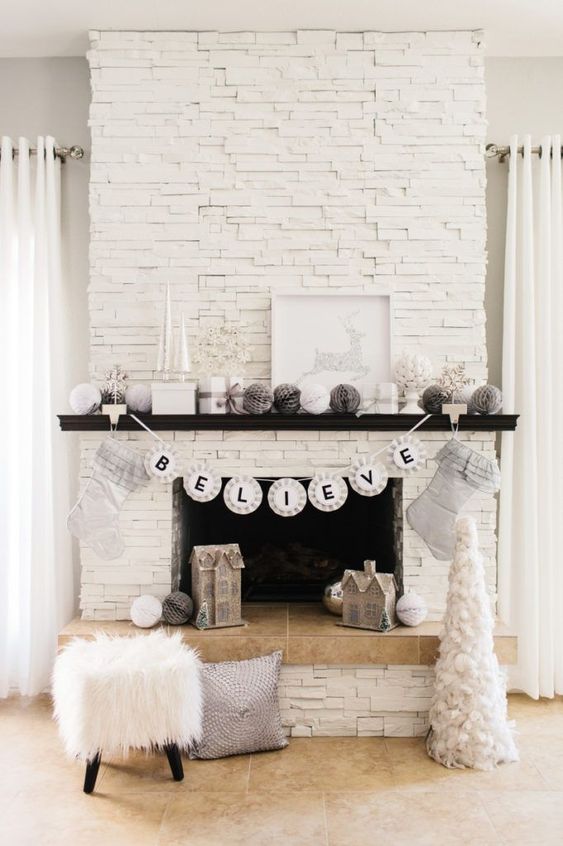The Art of Accessorizing Your Home
(DIY Home Staging Tips)
For a faster, more profitable home sale
The art of accessorizing was first established by the ancient Greeks, who were the original experts in design, scale and proportion.
The reason these ancient design rules have endured the test of time is because they work so well.
Accessorizing is the last step in the home staging process.
Typically, when we decorate our homes, we design according to OUR personal style and taste. If you are planning to sell your home, you need to consider the kind of decorating that will appeal to the greatest number of buyers.
Accessories should be used to enhance the style and architecture of your home design, tie a room together and enliven a space.
The following decorating guidelines can be applied to a wide range of design aspects; from reorienting furniture, building vignettes, hanging artwork, and even creating focal points.
The art of accessorizing by the Ancient Greeks
- Successful accessorizing begins with some basic rules, plus a bit of instinct on your part.
- Instinct regarding which objects to select, where to place them and how to recognize when something doesn't work.
- If something feels off to you, it probably is.
The following mathematical guidelines should help those who are timid about making decorating choices.
Let's look to the ancient Greeks for advice on design, scale, and proportion.
The Greeks discovered long ago that using the following ratios and proportions in design were most pleasing to the eye.
These rules still apply today in the art of accessorizing.
The "golden section" aka the "golden mean" rule
The Golden Section rule is a mathematical ratio of thirds that occurs naturally in nature and even in the human body.
It's a useful guide for creating well balanced and beautiful structures in architecture, balance and proportion in artwork, and is especially helpful when building a vignette.
The Greeks used the formula for balance in their architecture and art. Renaissance artists called it "divine proportion."
The golden section rule applies to the ratios used in architecture when designing window proportions and room sizes.
- Common ratios: 2:3, 3:5, 4:7 and 5:8. What does this mean?
- Let's use the 3:5 ratio as an example;
- If you have a 5 foot wide fireplace, (as pictured on the right) and want to hang artwork over it, the best ratio would be a 3 foot wide picture, a 3 foot grouping of pictures, or a 3 foot mirror above it. This isn't a rigid rule, but a general guide.
- If you were to hang a 6 foot wide mirror over a 5 foot wide fireplace, it would look top-heavy and appear to loom over the fireplace.
How to place decorative objects on a shelf
Artists and photographers are all familiar with the golden section rule.
They know that they should avoid placing the subject of a picture in the middle of a frame.
The golden section principle recognizes that the most pleasing arrangements require dividing the length of an area between 1/2 and 1/3.
For example, when creating a vignette or placing an object, avoid placing it directly in the center of a shelf or other flat surface.
Placing accessories off-center is ultimately more pleasing to the eye.
Arrange accessories in odd numbers and different sizes
The ancient Greeks also discovered that grouping objects in odd numbers, rather than even, was more pleasing to the eye, as the result appears less studied.
For instance, a candlestick grouping of 3 or 5 will look more interesting than pairs. The number three is most preferable.
Also, placing too many objects in a vignette can look cluttered and busy.
Three pillows on a sofa will look better than two. When you buy pre-packaged bedding, you'll often find accent pillows in groups of three and in different sizes and shapes. Pillows in varied sizes and shapes is infinitely more interesting than pillows the same size, shape and color.
I had an art composition teacher who referred to the different sizes in a composition as the daddy, mommy and baby. This is an easy and important design tip to remember.
Take a look at this video by John Mangano of Homestagingchannel.com for design tips on arranging furniture and accessorizing using the principles of the golden section, odd numbers, scale and balance.
"Harmony" in home design
Harmony is another important aspect in the art of accessorizing. The objects you place together should have something in common;
- color
- shape
- theme
- texture
- vintage, or some other unifying element
A grouping of green vases of the same shape and height would be boring. A grouping of green vases in varying shapes and heights would be more interesting. Color unifies the group, whereas, the varied shapes and heights add interest.
Try to avoid being too matchy, which, although safe, can be boring. If you're a compulsive matcher, try throwing in a textured throw blanket or a pillow with an exciting pattern.
Arrange accessories in triangles
The triangle, or pyramid, is a classic form for making compositions in the art of accessorizing. It's the shape to follow when creating a vignette, unless making a linear style vignette.
A vignette is a grouping of accessories designed to complement a room's function and/or decorative details.
A vignette is a "scene" created by combining decorative objects into delightful arrangements.
Vignettes can be displayed on tabletops, shelves, fireplace mantles, countertops, an upright piano, bedroom dressers and even on the floor.
To build a vignette, imagine a triangle in the spot where you're building your arrangement. Place an object at each point of the triangle. Each object should vary in height and width. Place the tallest and most substantial piece at the back, and slightly off center. Set the medium sized object in front, but off to the side. Lastly, place the smallest piece in the front. Be sure to overlap objects so that each can be seen. For more information, see How to Make a Vignette like a Pro.
The same principle applies when using more than three objects.
If your vignette looks too cluttered, try a new combination using larger objects, or remove smaller pieces.
Always stand back to view your arrangement.
"Balance, scale and proportion" in interior decorating
Maintaining balance, scale and proportion is important when decorating.
Balance your art and accessories throughout a room. The same with color; scatter accent colors in at least three different areas of a room for balance and visual movement.
Scale refers to the size of an object in relation to the human body, or to the room itself. Proportion refers to the size of an object relative to other objects in a room.
To demonstrate how scale and proportion work together, think about how a lamp shade should be in proportion to the lamp base, and the lamp should be in scale with the table it's placed on.
Small accessories clustered together or scattered throughout a room will look like clutter from a distance.
Plan on using medium to large-sized accessories for your home staging arrangements. Large accessories will be noticed and seem more important as you enter a room, even in a small room.
Follow the advice of HGTV's Sabrina Soto in the art of accessorizing; Don't use anything smaller than the size of a grapefruit!
How to accessorize shelves
Creating arrangements on shelves, countertops, tabletops or dressers can be tricky. You want to show off your accessories, but don’t want the end result to look cluttered and unorganized. Here's a few decorating tips:
- Don’t clump too many objects together. Simple is always better in the art of accessorizing.
- Small objects can look cluttered and insignificant from across a room.
- Remember to group objects in odd numbers rather than even.
- For symmetry, start by putting two items of equal visual weight on each end. Add pieces that vary in color and height. Step back to see if both ends of the shelf balance. You will know if it's unbalanced-- one side will seem visually heavier than the other.
What is "visual weight?"
Each item that you place in a room has a "visual weight.” Visual weight refers to how much an object APPEARS to weigh, not how much it actually weighs.
Examples of Visual Weight
- Dark colors have more "visual weight" than light
- Busy patterns appear "heavier" than solid colors
- Heavy textures carry more "weight" than smooth
Visual weight can refer to color, patterns, textures, design, even the shape or structure of an object. This concept is important to know, whether you're arranging furniture or accessorizing a room.
For instance, a black leather sofa will visually outweigh the exact same sofa in white.
Find the focal point before you accessorize
Begin your accessorizing by locating the focal point in a room. For a living room, this could be a fireplace, a beautiful window or an interesting architectural feature. You should have already placed your furniture accordingly.
If you don't have a natural focal point, create your own. A favorite collection grouped together could be a focal point, a large piece of art, an enormous clock, a wall quilt, anything striking that draws the eye upon entering a room.
Return from art of accessorizing to home page
Updated 01-13-2025
